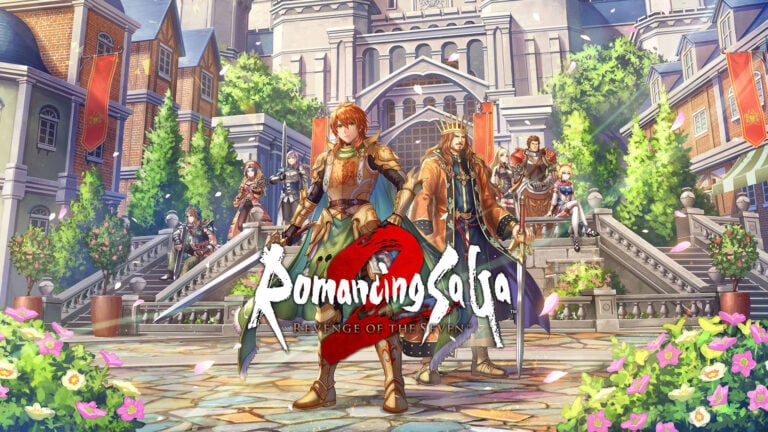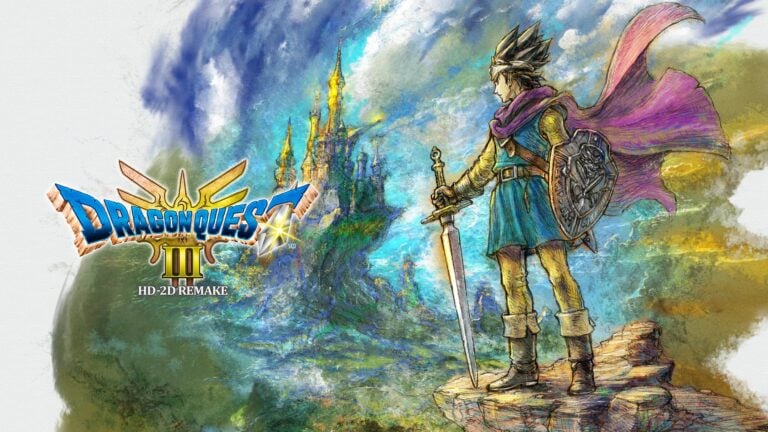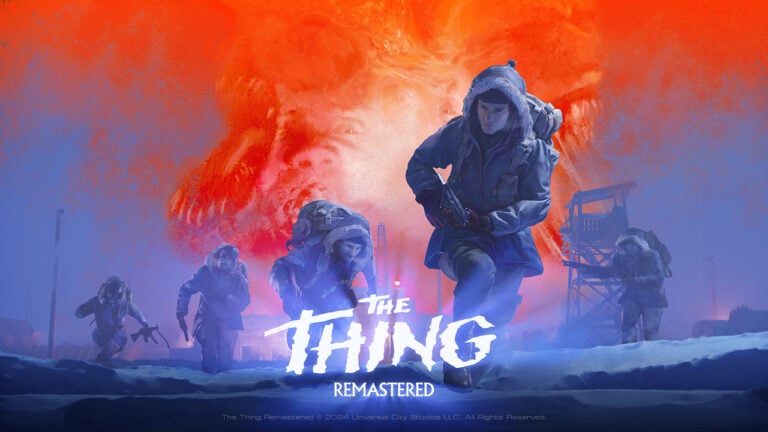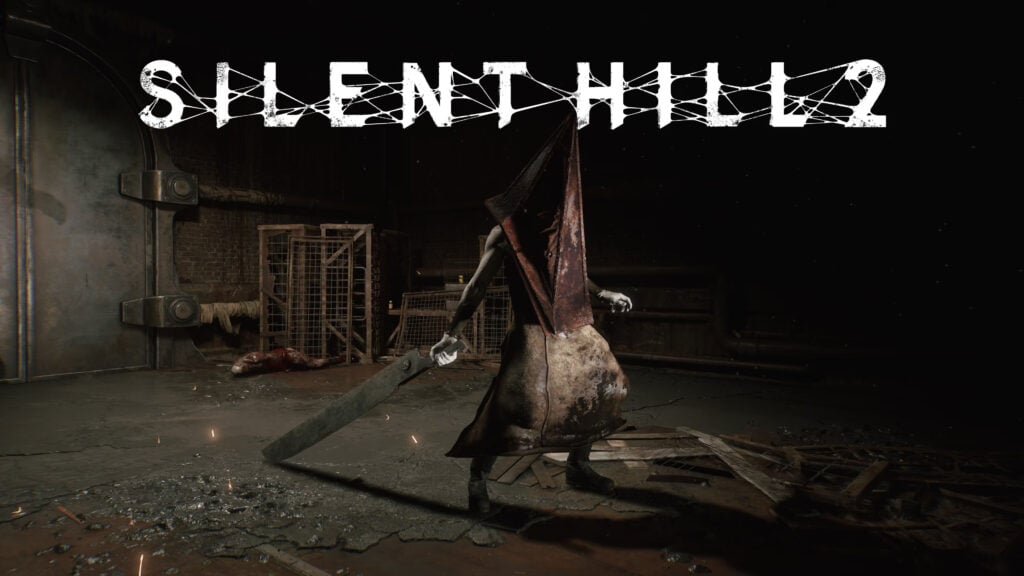Introduce
Gomoku Narabe (also known as Five-in-a-Row or Gobang) is a classic two-player strategy board game released for the NES in Japan. The primary objective of the game is to be the first player to place five of their pieces (typically black or white stones) in an unbroken line horizontally, vertically, or diagonally on a game board.
The NES version of Gomoku Narabe offers a traditional Gomoku experience with a simple and intuitive interface. Players take turns placing their pieces on empty intersections of the board. The board size is typically 15x15 or 19x19, depending on the specific rules applied.
This game not only requires keen observation but also demands strong planning and foresight to anticipate the opponent's moves. Players must simultaneously work towards creating their own line of five pieces while also blocking their opponent from doing the same. Common strategies include creating "open-ended lines" that can be extended into a five-in-a-row, or forming "forks" where you can attack in multiple directions at once.
Despite its apparent simplicity, Gomoku Narabe requires deep strategic thinking. A single misstep can lead to quick defeat. The game can be played against the computer (AI) with various difficulty levels, or two players can take turns on the same NES console, providing an engaging competitive experience.
Beyond the basic rules, some Gomoku variations might incorporate "forbidden moves" to prevent overly powerful tactics like double threes or double fours. However, this NES version generally adheres to the most fundamental rules for accessibility.
Gameplay focuses on making intelligent decisions about piece placement, managing board space, and reacting flexibly to the opponent's moves. The tension builds as both players get closer to achieving the goal of five pieces in a row.






-image.png)
